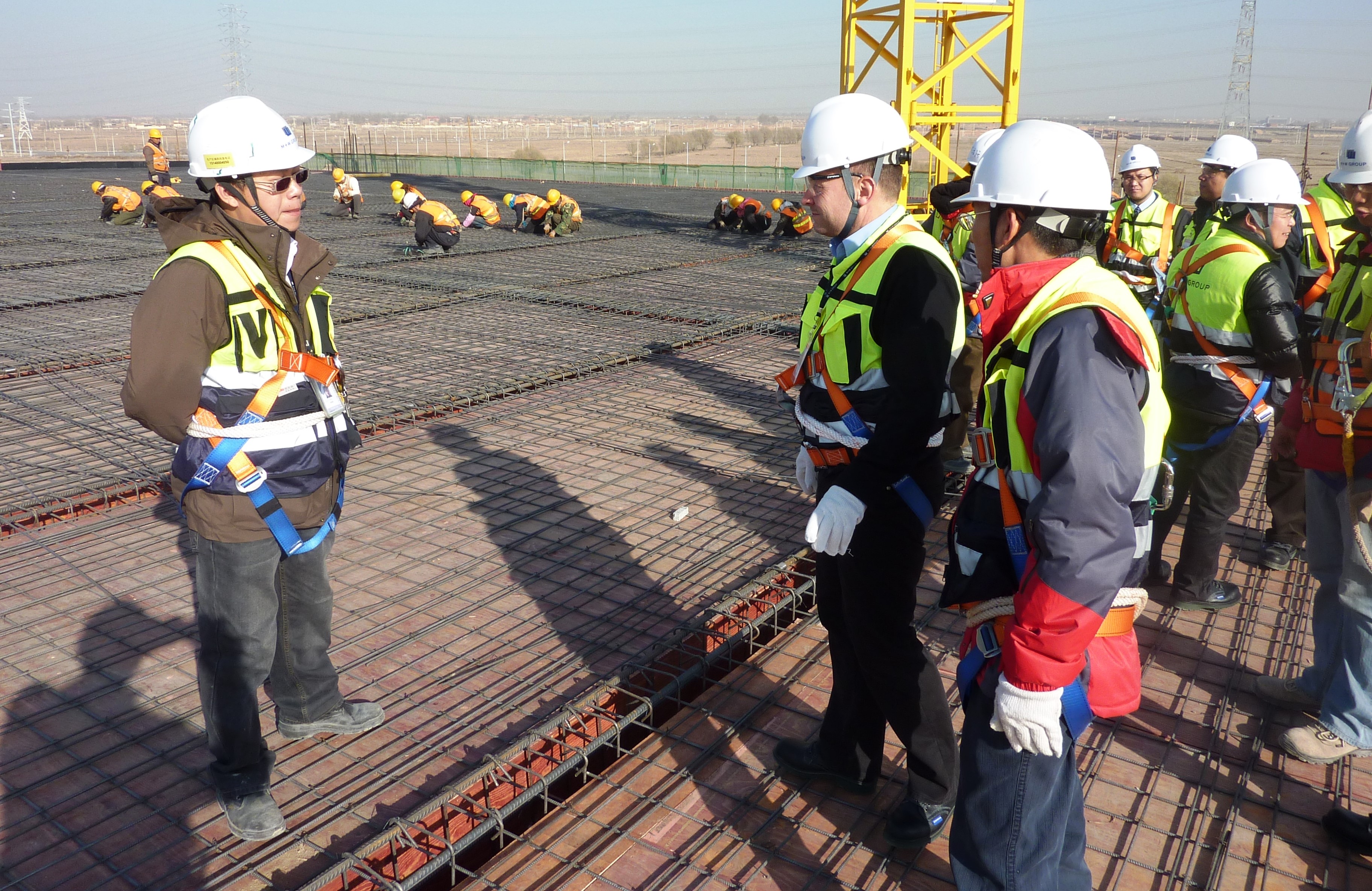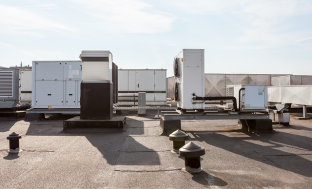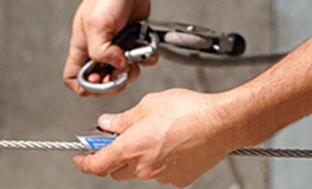latest news
Counterfeit PPE: what’s the risk?

Counterfeit PPE is a growing issue within the safety industry, and in recent years there has been an influx of items which do not meet standards, with everything from poor quality gloves to high-vis vests being sold as the real deal.
These products do not meet the stringent performance requirements laid out in safety standards, are often imported from the Far East having been made from substandard materials. This poor quality can lead to serious injury or worse if used.
Of course, using subpar PPE is not an idea most quality companies and contractors would even entertain, but these products are often finished to such a standard that the untrained eye cannot differentiate them from top quality PPE.
Workers should be able to enter their workplace every day and feel confident the equipment they are using is of a high, safe standard. Fake and counterfeit items increase the risk of injury or worse and put those workers at risk.
These fake and counterfeit PPE items can be easily purchased via online auction sites or from street markets, and it is simple to buy containers of ‘safety’ equipment direct; without the correct quality control procedures in place, the buyer will not have a clue what they are purchasing, putting lives at risk.
To reduce the risk of introducing counterfeit or ineffective PPE onto your site, there are some simple checks you can carry out:
_2.jpg)
Tip: some exporters are confusing the situation even more by using a symbol ostensibly meaning ‘China Export’, though it looks very similar to the European Conformity ‘CE’ symbol.
It is vital that all PPE you use is safe, made from the correct materials and tested to the relevant standard. Site managers,, as well as anyone who takes on the responsibility of purchasing PPE, must be vigilant, as there are lives at stake.
- Is the CE mark present on the product marking/labelling, and if so, is it in the correct font and at least 5mm high?
- For high risk products, including respirators and chemical protective clothing, is the CE mark accompanied by a 4-digit number? (e.g. CE 0120)
- Were written instructions for use provided within the product? Are the instructions for use printed in clear and legible text, and were they written in the language used in the manufacturer’s country of origin?
- Is the name and address of the manufacturer detailed on the user instructions?
- Does the certificate clearly contain the notified body’s name and number?
- Is the notified body from within the EU? There are a few non EU notified bodies and therefore caution should be taken.
- Does the certificate show signs of tampering i.e. differing fonts and sizes, colour changes etc?
- Does the certificate contain a date and notified body signature?
- Does the certificate have its terms and conditions included?
- Does the certificate show a clear description of the product, including model references, specifications, and test references?
- Does the certificate state that it is an EC type-examination certificate?
- Does the certificate include a manufacturer’s name and address?
- If a validity period is stated on the certificate, is it still current?
Making yourself aware of the many types of counterfeit PPE available is a good start, and knowing the mantra that if something ‘seems too good, or too cheap, to be true’, it usually is.





